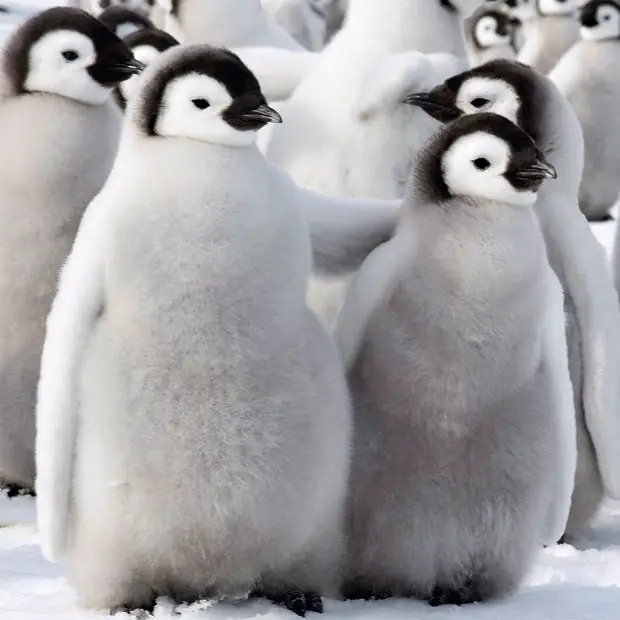Bird lovers often ask over do penguins have feathers which is why I’ve decided to bring some important and rarely known facts about these flightless birds. Penguin is one of those flightless birds that are endemic to Polar Regions such as Antarctica with perfect adaptability to sustain in extreme cooler days of the year. Penguins are amazingly adapted to aquatic life. These flightless birds have flippers that are often used for swimming and not for the birds flight. They are swift in water with the swimming speed of about 6 – 12 km/h (3.7 – 7.5 mph), although they are also known to occasionally reach the velocity of 27 km/h (17 mph). There is an air layer contained in the plumage which insulates the penguins in cold-freeze water. They employ their wings and tails to maintain a sheer balance to walk on land.
Do Penguins Have Feathers
Yes, penguins do have feathers or furs. They are covered with a bulky layer of insulating feathers that keeps them hot in water and for the fact that heat-loss is much greater in water than is in the air. The penguins specialized feathers are shiny and evenly overlaps to develop a thick layer of defense. All these thousands of feathers operate as a insulator; however, when penguins feel too hot they tend to flap their wings and release the insulating layer. In general, there are two layers of feathers; the blubber (fat layer) and a thin layer. Besides, these feathers are classified into two sections; a stiff section and a downy one. The downy section trapped air thereby insulating bird’s body from the intense cold. Under water, the feathers bent due to the water pressure against the penguin’s body thereby tightening the air layer and limiting the insulating effect. That is why heat-loss in water is greater than is in air. The downy part is closer to the body and entraps the air-layer.
The small penguin species are not known to dive deep into the water and they take hold of their prey at the water surface. Emperor penguins dive have been recorded to reach a depth of about 565 meters (1,870 feet) which lasts for 20 – 22 minutes. Penguins also slide on their bellies or waddle on their feet. The belly-sliding is called tobogganing which helps in conserving energy while moving in an agile manner. These flightless birds also jump from their both to cross some rocky terrain or cross steep. Not only do penguins have feathers but they have flippers too that supports them while swimming or walking on land. Penguins are capable to drink saltwater for the fact that their superorbital glands filter excess salt from the bloodstream.
There are around 70 feathers for each square which counts to 11 feathers for each square centimeter which is greater than any bird. They molt their feathers only once in a year. During this time period, they do not swim nor eat anything. The old feathers are replaced by the new ones and in this way penguins are kept warm all throughout the year. These old feathers are shed in badges. The molting period lasts for almost a month although it can be lesser or greater, depending on species. Apart from molting, penguins also undergo preening in which they tend to preen their fellow penguin’s feathers. The preening serves penguins’ health to a great extent.


Leave a Reply